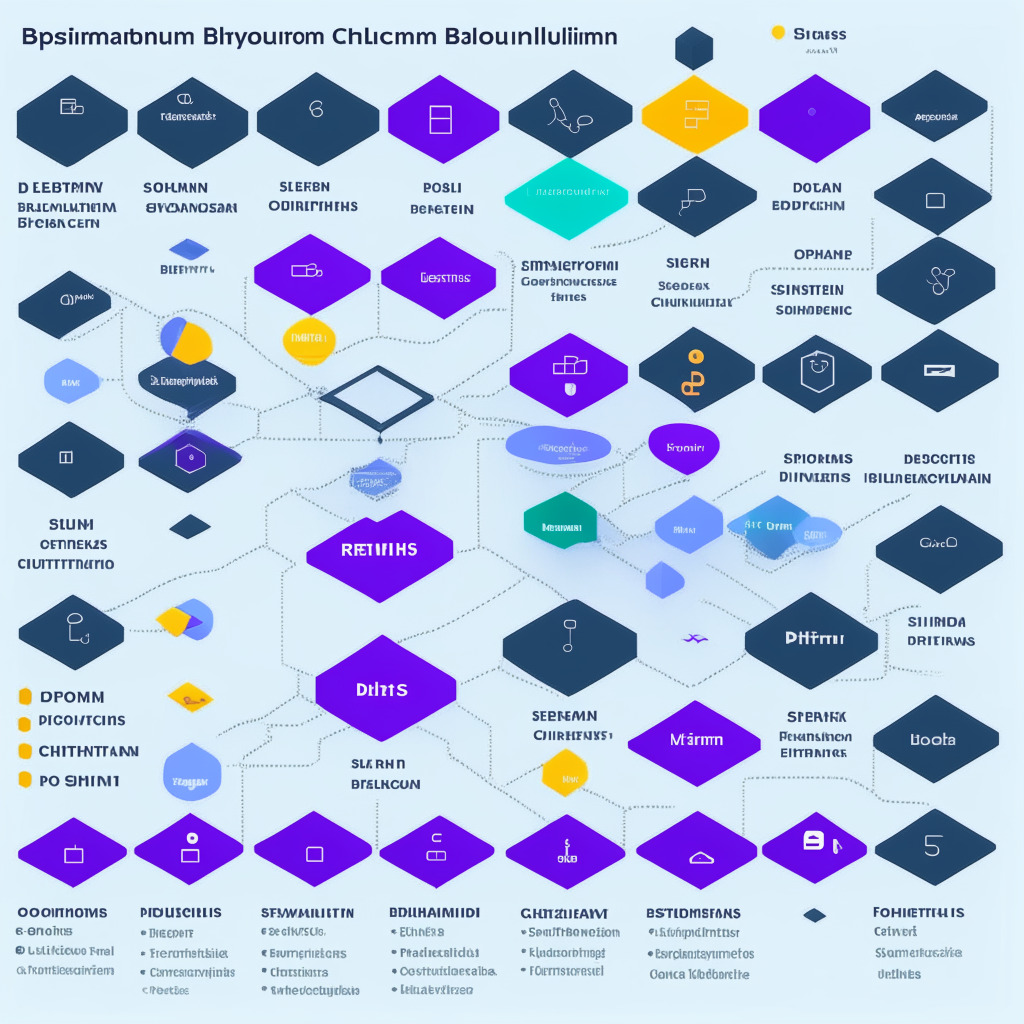Interoperability protocol Connext has introduced chain abstraction as a way to enhance the layer-2 experience. By enabling users to interact with multiple decentralized applications (dApps) on different chains without leaving the interface, the technology aims to simplify and streamline these transactions. The traditional process of interacting with layer-2s can be complex and deter new users from engaging with the space, as they need to navigate bridging, paying gas, and depositing funds across different networks.
Several other protocols are actively working on resolving this issue, including Chainlink, LayerZero, and Wormhole. These solutions primarily focus on cross-chain messaging, which allows smart contracts to communicate with each other. These protocols typically fall under three bridge categories: native, externally verified, and optimistic.
Native bridges are entirely trustless, but they generally only work in one direction. Transactions are fully verified by one blockchain. Externally verified bridges require trust in external parties to verify transactions, which includes Chainlink and LayerZero. Optimistic bridges, on the other hand, follow a process similar to rollups. Transactions passing through these bridges must be quarantined for 30 minutes before being deemed valid.
In contrast, Connext’s chain abstraction offering is trustless and fast. The technology plugs into native bridges, moving data through the most secure path. Additionally, Connext features an optimistic system that shortens the time necessary for message movement, which otherwise required seven days with rollups.
A liquidity and execution layer is also part of the Connext toolkit, with liquidity providers immediately fronting cash to users, then waiting for the 30-minute refund on the optimistic layer. The toolkit is currently available to developers using Ethereum, BSC, Arbitrum, Polygon, Optimism, and Gnosis. Developers can use the toolkit by importing it into their architecture, though customization is recommended to ensure seamless integration.
Several chains are expected to deploy the toolkit soon, including Linea, Scroll, zkSync, Base, and Polygon zkEVM. This innovation aims to counter the fragmentation and disruption that the continuous launch of layer-2s and layer-3s may cause in user experience. Integrating chain abstraction will create a more seamless experience by abstracting the concepts of chains and the underlying tech stack. This concept is akin to users being unaware of the servers or storage system websites run on today.
Betting platform Prode and liquidation bootstrapping protocol Fjord are among the dApps that have already adopted the chain abstraction concept, with other dApps working on integrating the Connext toolkit, and mainnet launches planned in the coming weeks.
Source: Blockworks




